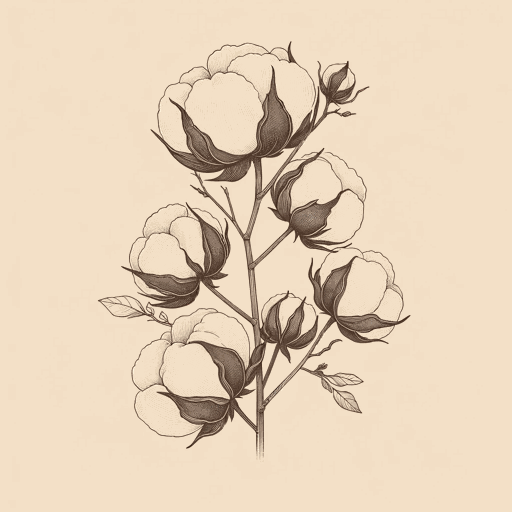61 pages • 2 hours read
Sven BeckertEmpire of Cotton
Nonfiction | Book | Adult | Published in 2014A modern alternative to SparkNotes and CliffsNotes, SuperSummary offers high-quality Study Guides with detailed chapter summaries and analysis of major themes, characters, and more.
Symbols & Motifs
Cotton as a Symbol of Indian Independence
The Indian anti-colonial politician and activist Gandhi centered much of his rhetoric on the importance of cotton to an independent India, both as a symbol representing Indian traditions and as a cash crop with very real value to its domestic economy. Beckert writes that Gandhi “made the devastating impact of colonialism on domestic industry a key aspect of his political campaigns” (331). He also called for a nationwide boycott of British cloth because it both hurt the Indian domestic market and symbolized British oppression. Gandhi himself devoted time every day to hand-spinning khadi cloth and encouraged all Indians, no matter their station in life, to do the same as an act of symbolic rebellion. He referred to the excise duties Britain placed on Indian cotton as “an instance of fiscal injustice...unparalleled in any civilized country of modern times” (419). Finally, Gandhi even wrote a history of cotton and successfully lobbied for the image of the spinning wheel to be featured prominently on the Indian National Congress’ 1930 flag. While India’s eventual independence in 1948 was more the result of a post-war reconfiguration away from colonialism at large, cotton was undoubtedly an important symbol to Gandhi’s and others’ anti-colonial efforts.

